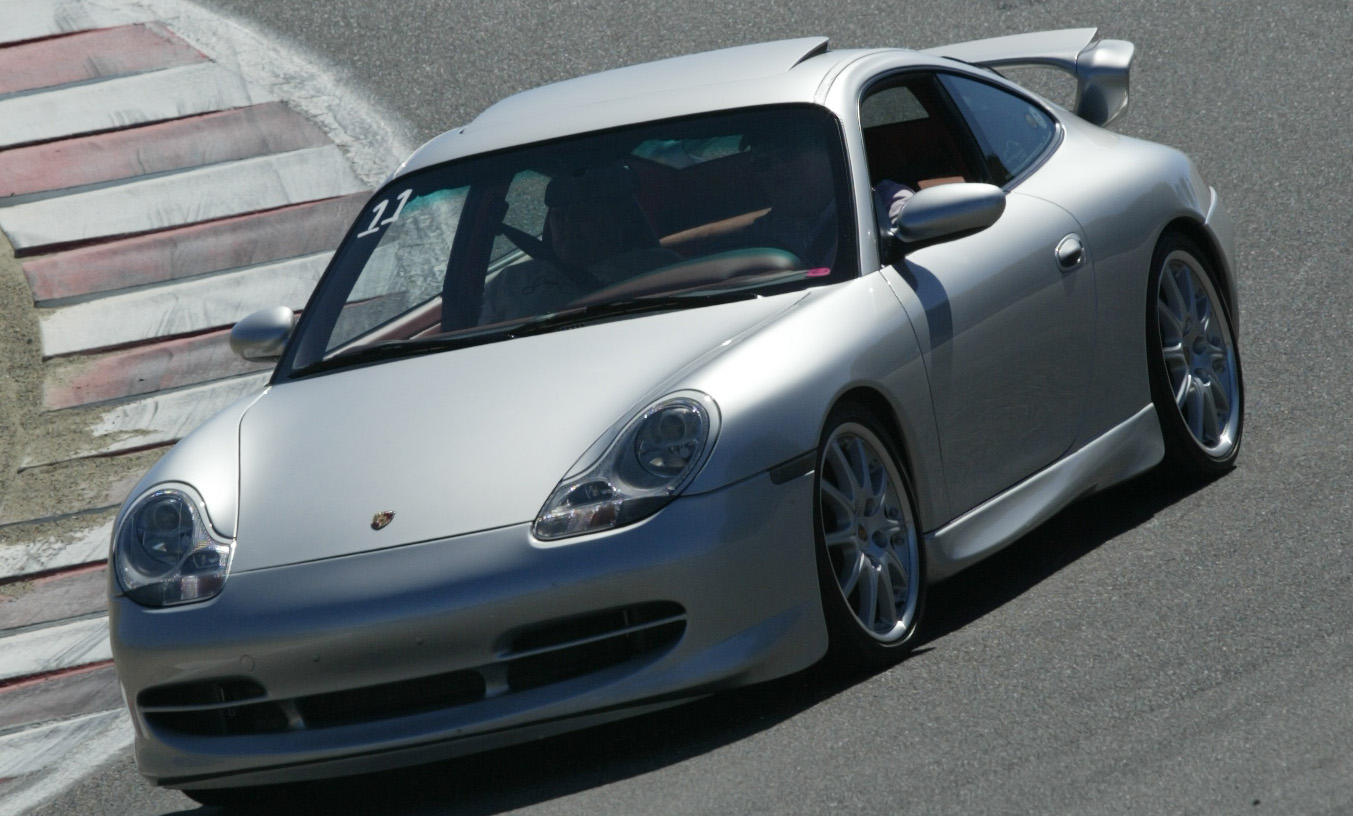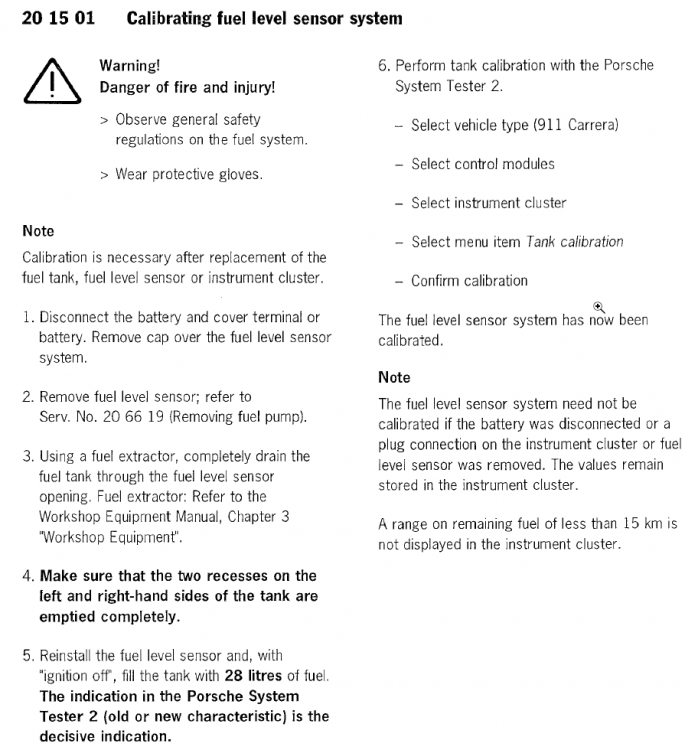From the 2004 Cayenne Technik Book...
"Battery
Depending on specification and air-conditioning zones, the Cayenne is fitted with a battery having a capacity of 340 A/70 Ah to 450 A/95 Ah. As on the Cayenne S and Cayenne Turbo, the alternator is water-cooled and has a nominal output of 2100/2660 watts, depending on battery capacity. All Cayenne models can optionally be equipped with a backup battery (starter battery). This backup battery ensures that the vehicle can still be started even if the vehicle battery (main battery) is discharged. The capacity of the backup battery is 480 A/85 Ah.
If two batteries are fitted to the vehicle (main battery and backup battery), these are connected or disconnected to the bus bar in the power distributor through a relay. The switching of the two batteries is controlled independent of the load management (function is integrated in the vehicle electrical system control unit). The starter relay of the 2nd battery is actuated parallel to the starter relay. That means for every start the starter is supplied from both batteries. The backup battery is disconnected from the vehicle electrical system when the engine is switched off and then supplies just one consumer, the vehicle electrical system control unit.
For crash protection purposes, the backup battery is designed using fleece technology.
Note: The backup battery is accommodated in the spare wheel recess in the trunk. This installation location is also designated for the optionally available collapsible spare wheel and the subwoofer of the BOSE® High End surround sound system. This results in a restricted storage capacity in the spare wheel recess. On the Cayenne, the optional backup battery cannot be fitted in conjunction with a 17" collapsible spare wheel.
In order not to exceed the maximum permitted rear axle load, no Cayenne model can simultaneously be equipped with the backup battery, a full-size spare wheel on the external holder and a trailer towing device.
Vehicle electrical system control unit
On vehicles with two batteries (vehicle electrical system and starter battery), the electronics of the vehicle electrical system control unit are supplied by both batteries. The vehicle electrical system control unit evaluates the exact vehicle electrical system situation by comparing the sensed voltage with the permissible minimum voltage. On vehicles with two batteries, the load management always takes the voltage of the vehicle battery as reference. If the vehicle electrical system control unit detects a critical battery condition,
the consumption is reduced. For this the CAN bus requests some of the high voltage comfort consumers to reduce or switch off their power demand. By reducing the comfort functions with the “engine running”, the battery can be charged more. With the “engine off”, discharging of the battery can be reduced through the load management.
Currently the following consumers are integrated in the load management:
• Heated rear window, heated outside mirrors
• Heated seats, front and rear
• Heated steering wheel
• Heater blower (3-stage)
• Interior light, reading lamps, footwell lighting
• 12 V sockets
The following functions are activated by the vehicle electronic system control unit:
• Load management
• Side marker lights
• Low beam
• Cornering light, left and right
• High beam
• Auxiliary high beam
• Direction indicator light
• Headlamp leveling control
• Potentiometer convenience lighting terminal 31
• Terminal 58 d
• Interior and footwell lights
• Fanfare horns
• Dual washing pump
• 12 V sockets
• Electric fuel-pump relay 1
• Load relay
• Rain sensor
• Enable signal, heated seats"


-0001-0001.thumb.png.17f5bb25bf8ec261a17c21e6321c8492.png)


